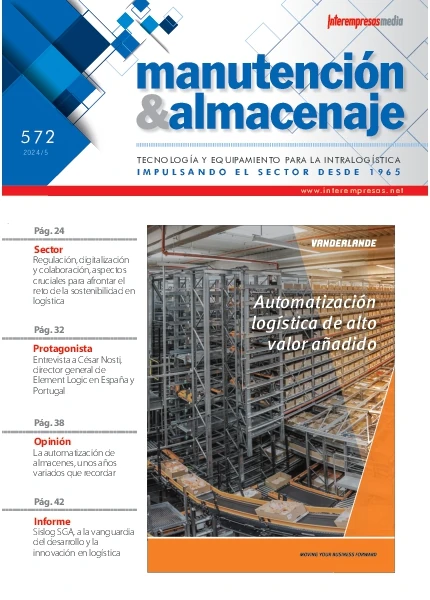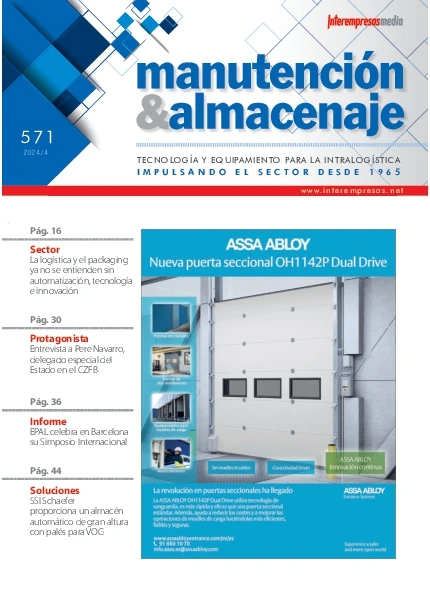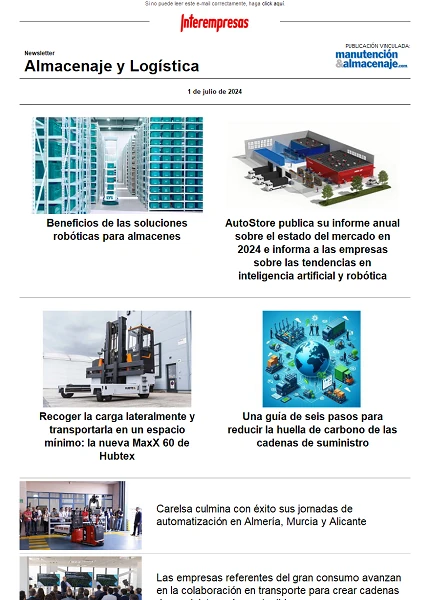The export and the r & d characterized the Spain packaging industry
The largest number of companies corresponds to the sector of machinery, for good to clarify that it is not both manufacturers and distributors, but whose evolution gives a powerful index of the degree of development of the sector in Spain. Companies in the sector of packaging that is still renewed. In addition to the machinery, the greater turnover provide corrugated cardboard and plastic, between the two little more than a 50 per cent of the total turnover of containers of the sector and about two-thirds of the production.
The size of the company is rather small and medium, with the exception of complex cardboard and glass sectors.
The plastics sector is the biggest change has been with regard to the estimate of the number of companies.
As for the distribution of the turnover by sectors, the plastic was in 2004 19 per cent of the total number of sectors, after the machinery with a 20 per cent and the first, the corrugated cardboard which was 23 per cent.
Areas of marketing
The importance of foreign trade in the various subsectors of the packaging in plastic to 18 points, higher than the average of the total amounts in the subsector of the plastic (machinery, metal, plastic, glass, wood, paper / combined carton and corrugated board) which is 16.1 points. The principal is machinery with 28.7 points.
Main destinations for exports
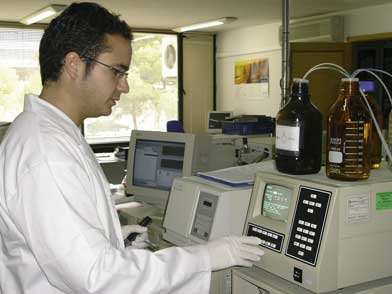
Presence in the sector of packaging in other economic sectors
Raw materials or packaging subsectors, the most prominent by recipient sector are:
• Industrial: cardboard, plastic, metal and machinery.
• Agro-food: metal, plastic, paper, cardboard, wood and machinery.
• Sanitario-farmacéutico: metal, paper, plastic and glass.
• Cosmetic: paper, plastic, metal, machinery.
• Drink: machinery, glass, metal, plastic, cardboard complex.
• Automotive: metal, plastic, paper.
• Construction: metal, plastic, machinery, wood.
• Drugstore: machinery, paper, plastic, metal.
• Textile / footwear: papel-cartoncillo.
• Furniture: corrugated cardboard.
• Fishing: metal, paper, glass.
• Computer: corrugated cardboard, paper.
• Transportation: wood, plastic.
Trends in the sector for the next 3 years
On the other hand is not anticipated sensitive increases in the human resources section, which is why the increase in production will have to be necessarily supported in a net increase of productivity, which - once more - is linked to a strong investment in r & d, possibly worthy of aid administration, but also the clear sharing of a sector that either directly or indirectly, some EUR 15 billion Bill.
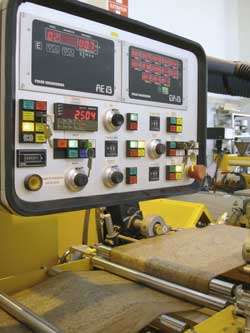
Sector of the packaging, packaging and its graphics in figures (equipment and products)
• Total imports 2004 (machinery + products): 1.688.373.340 EUR
• Total 2004 exports (machinery + products): 1.661.584.820 euros.
By sub-sectors differ that the machinery of packaging, packaging and its graphic art is purchased abroad and has increased the percentage of imports from 2003 to 2004. However, in the product and packaging exports only are slightly exceeding imports (51 per cent and 49 per cent respectively), while between 2003 and 2004 imports have grown and exports have been reduced.
Europe is at the forefront as a main client /proveedor for foreign trade operations both in machinery products and packaging at great distance from other geographical areas. Note that the area where most have grown the sales abroad in 2004 has been Asia after Europe.
The wrapping and packaging machinery involves more than 65 percent of the volume of imports / exports carried out in respect of the machinery of the packaging, the packaging and its graphics. Products, are plastic containers which have greater weight.
Based on collected data related to 1,650 companies, have been verified the existence of 1,171 web pages belonging to companies in the sector and also 793 enterprises that provided as a form of contact have been identified (alone or in addition to other) email.
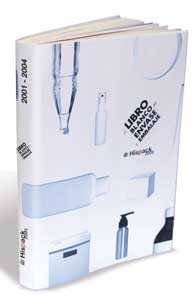
Aimplas investigates the development of fibres of plastic 100% biodegradable packaging and the agriculture sector
This project consortium is formed by a group of 6 SMEs in different European countries (Germany, Italy, France, United Kingdom), 3 Spanish SMEs, and three research centres, Unipi (Italy) PEAR (United Kingdom), and Aimplas acts as coordinator of the project.
Picus seeks to find a green solution to the management of plastic waste generated by the climbing ropes and synthetic networks, whose use has increased exponentially in recent years.
String vines of synthetic plastics used today do not allow that the generated waste, after the harvest, is used for composting, the result would be a compost contaminated with remains of non-biodegradable plastic. For this reason, in many cases are managed these waste through little environmentally friendly alternatives such as burn or bury contaminated waste from plants, or deposit them in landfills.
The solution that is provided from the project is the development of strings for greenhouse crops that combine the biodegradability and low cost of elimination of ropes made from natural fibers, with an excellent ratio of "resistance to traction" / "density", greater possibilities of design, and the advantages of the technique of processing (flexible and cheap) of the synthetic strings.
Synthetic networks for packaging of low birth weight (up to 5 kg) can also affect negatively on the environment. Usually is throw away mixed with other organic domestic waste, causing further problems in the management of RSU (urban solid waste). The result is, again, a compost contaminated with low commercial value. To avoid this situation, since the draft Picus will develop biodegradable fibers for agricultural products, marine products and inedible products, with the same mechanical properties that have the nets made with synthetic fibres, but without the problems of waste disposal.
Therefore, biodegradable network and the new string will have the physical and mechanical properties which are required for optimal use and production but will suffer a biodegradation full in terms of composting, thereby providing a better environmental solution.

